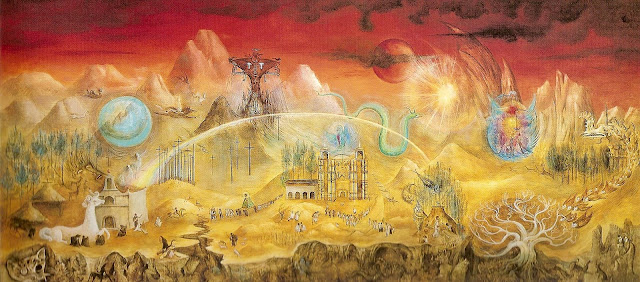Birthday by Dorothea Tanning

Birthday Source: Philadelphia Museum of Art It’s hard to define Surrealist art because each and every Surrealist artist had an incredibly unique style. Yet, even so, American Surrealist Dorothea Tanning had an approach to art that was singular, even by Surrealist standards. Like many artists of her cohort, Tanning lived an incredible life. She lived to the age of 101, living through both World Wars and a number of other world-changing events. Tanning continued to create art until the end of her life, producing paintings, sculptures, and writings, including poetry. Her self-portrait entitled Birthday is one of her most famous paintings, and it is often cited as the first example of Tanning’s Surrealist style. The painting made Tanning’s work famous after it was chosen by painter Max Ernst to be included in an exhibition of work by female painters. The piece shows Tanning in a strange costume that seems to be growing out of her body. A strange, furry animal stands at her feet as she...

























